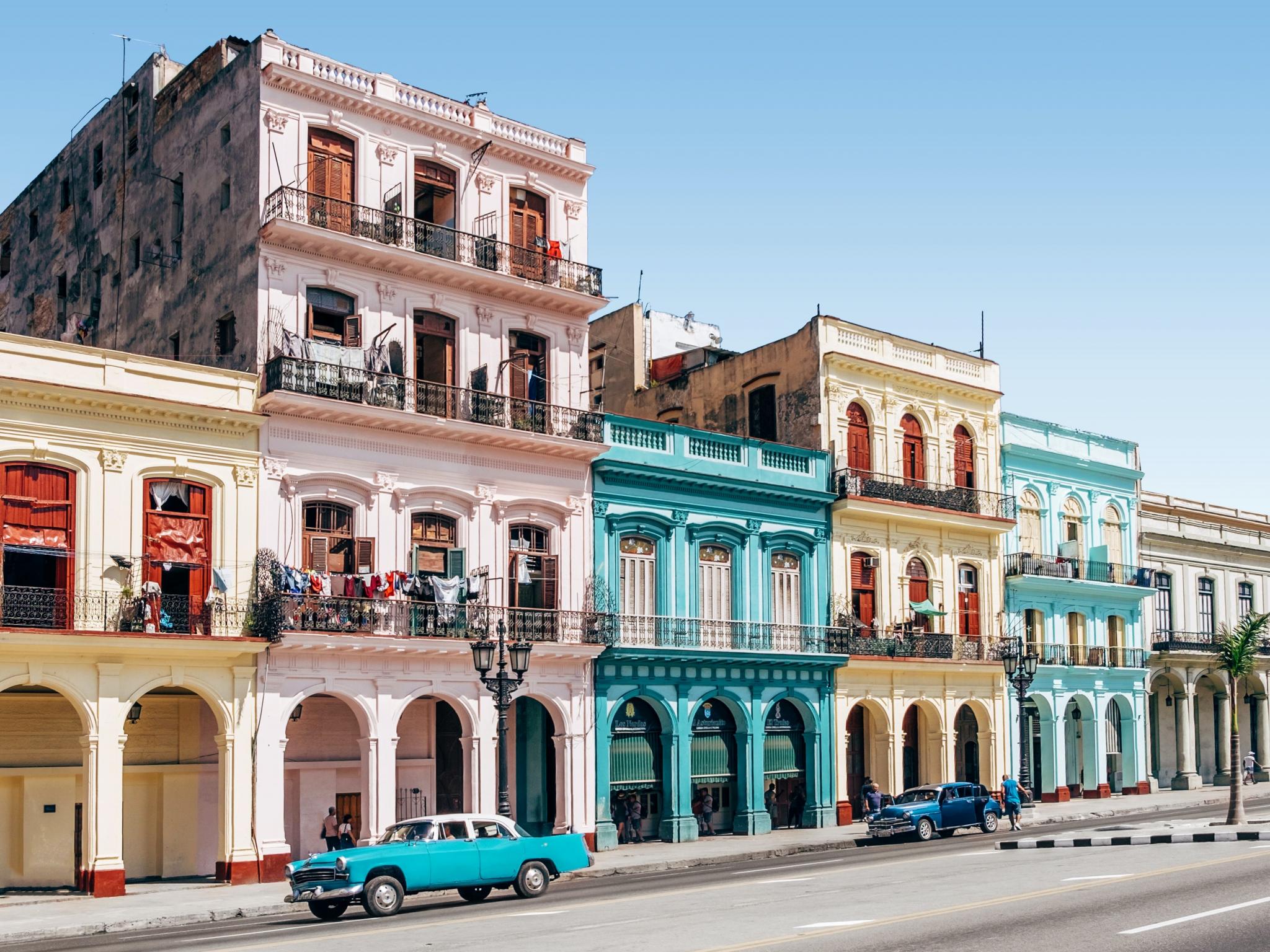
Most Americans are aware that Cuba has a communist government. However, the economic distinctions between the U.S. capitalist structure and Cuba’s communist structure may not be so clear.
Here’s a look at four ways capitalism and communism are different.
1. Factors Of Production
Factors of production is an economic term for the elements required to produce goods and services. These factors include land, labor and capital. In a capitalist economy, factors of production are owned by individuals. In a communist economy, the factors of production are owned by the government.
2. Production Decisions
In a capitalist economy, production is determined by free-market forces such as supply and demand. In a communist economy, the government determines which goods and services get produced and how much is available at any given time.
3. Prices
When the government controls supply and demand, it also controls prices. Prices are set by market competition in a capitalist economy. In a communist economy, the government sets the prices for goods and services.
4. Resource Allocation
In a capitalist economy, the successes and failures (profits) of individuals and companies determine the allocation of resources. In a communist command economy, the government determines resource allocation. These decisions are typically made based on macro-economic and/or political considerations.
Visit BZTeach for more awesome educational content!
This Story Was Originally Published November 28, 2016







